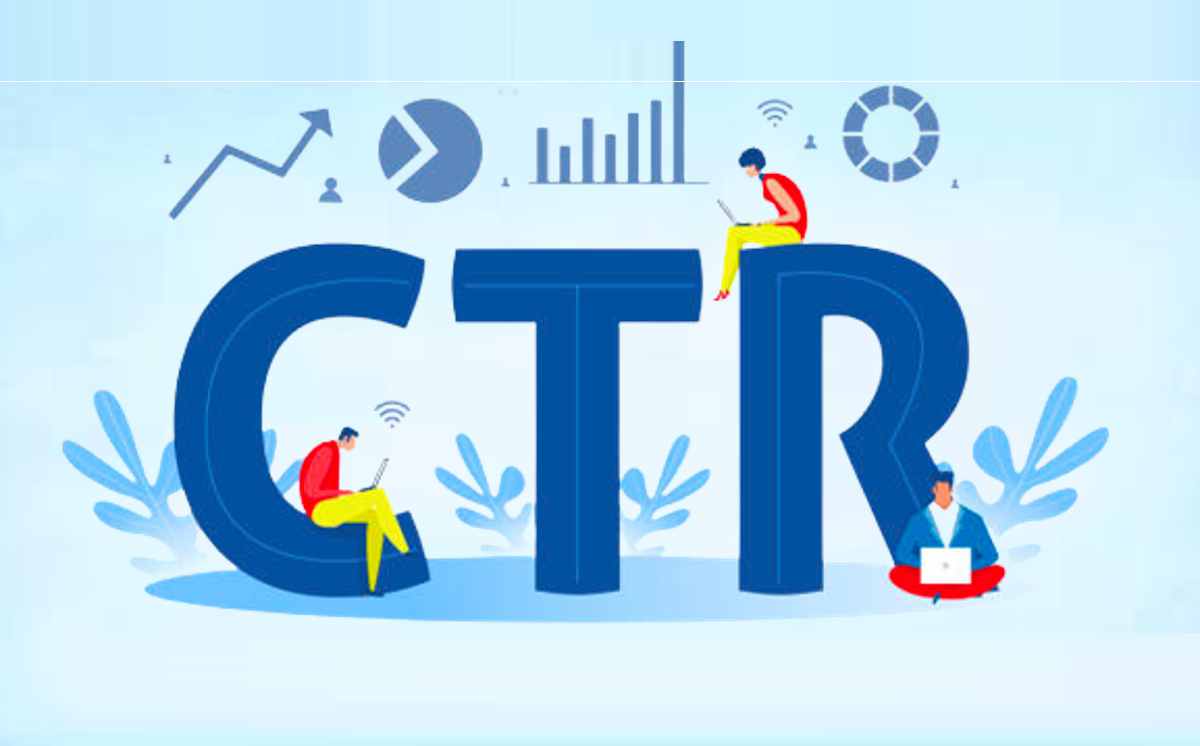CTR Manipulation-- Proven Approaches for CTR Manipulation to Increase Traffic
CTR Manipulation-- Proven Approaches for CTR Manipulation to Increase Traffic
Blog Article
CTR Control: Your Trick to Unlocking Higher Rankings
In the affordable landscape of search engine optimization, click-through rate (CTR) serves as a crucial metric that can considerably influence your rankings. By tactically adjusting CTR, you can boost customer involvement and presence for your material.
Comprehending Click-Through Rate
Understanding click-through rate (CTR) is important for evaluating the effectiveness of internet marketing approaches. CTR is specified as the proportion of individuals who click a details web link to the total variety of users that watch a web page, email, or advertisement. It functions as a vital efficiency indication (KPI) that gives understandings into how well material reverberates with the target market.
A high CTR shows that the material is appealing and engaging, prompting individuals to take action. Conversely, a reduced CTR might suggest that the content is not properly catching interest or that the call-to-action (CTA) does not have clarity. Marketing experts commonly track CTR across numerous channels, consisting of social media sites, email projects, and pay-per-click marketing, to evaluate the influence of their techniques.

Significance of CTR in SEARCH ENGINE OPTIMIZATION

Internet search engine, specifically Google, use CTR as a ranking variable due to the fact that it reflects user engagement and complete satisfaction. When a web site continually accomplishes a high CTR, it recommends that its web content properly meets the needs of searchers. As a result, internet search engine may reward such websites with boosted positions, therefore boosting presence and bring in even more natural web traffic.
In Addition, CTR has implications for overall electronic marketing techniques. In recap, focusing on CTR in Search engine optimization approaches is crucial for accomplishing and maintaining greater rankings in an increasingly competitive electronic landscape.
Strategies for CTR Adjustment
Several effective techniques can be used to adjust click-through prices (CTR) in such a way that enhances a web site's exposure in search engine results. To start with, maximizing meta titles and descriptions is vital; compelling, pertinent, and keyword-rich fragments can significantly attract customers to click. Including numbers, concerns, or strong calls to activity can better enhance engagement.
Secondly, leveraging rich fragments, such as star scores and evaluation matters, can make search results page more visually appealing and credible. These attributes not only attract attention but also convey additional information that may influence customer choices.
Thirdly, targeting long-tail search phrases can result in greater CTR, as they normally bring in more motivated customers browsing for particular remedies. This concentrated strategy commonly leads to a more appropriate target market, raising the possibility of clicks.
Furthermore, A/B screening numerous headlines and descriptions permits like this for data-driven decisions, making it possible for marketing experts to fine-tune their strategies based on real performance metrics. Finally, developing premium, interesting material that straightens with customer intent guarantees that as soon as site visitors land on the web page, they are a lot more most likely to discover even more, thus boosting overall site involvement and trustworthiness.
Measuring CTR Performance

Assessing CTR involves not just accumulating data yet additionally translating it in the context of certain goals and benchmarks. A high CTR might suggest compelling advertisement copy or an appealing offer; nonetheless, it should be measured together with conversion prices to comprehend the actual influence on service purposes. Furthermore, segmenting CTR information by demographics, tools, and web traffic sources can unveil understandings right into audience habits and choices, allowing marketers to fine-tune their strategies.
Consistently keeping an eye on CTR trends with time is crucial for identifying patterns or abnormalities that may need changes in techniques. By understanding and measuring CTR efficiency, marketing experts can boost their campaigns, improve individual engagement, and inevitably drive greater returns on financial investment.
Moral Factors To Consider in CTR Approaches
Browsing the landscape of click-through rate (CTR) methods calls for an eager understanding of ethical considerations that can dramatically affect both brand name reputation and consumer depend on. As businesses look for to boost their on the internet presence, the temptation to manipulate CTR with misleading techniques can occur. Such methods might include clickbait headings, deceptive ad positionings, or unnaturally inflating CTR via bots or incentivized clicks. Although these approaches might yield short-term gains, they present considerable dangers over time.
Honest CTR methods have to focus on transparency and credibility. Consumers today are progressively critical; they value authentic communications and look at more info are more probable to support brands that promote honesty. Participating in honest practices not just fosters depend on yet additionally improves brand loyalty, inevitably bring about lasting growth.
Additionally, search engines are evolving to discover and penalize manipulative behaviors. A dedication to moral CTR strategies can, therefore, protect versus algorithmic fines, guaranteeing lasting visibility and reputation in search rankings. To conclude, the pursuit of greater CTR need to be balanced with ethical factors to consider, aligning service purposes with the basic concepts of honesty and regard for customers.
Verdict
In final thought, Click-Through Rate (CTR) manipulation offers as an essential approach for improving search engine rankings by boosting individual engagement. By stabilizing efficient CTR techniques with honest techniques, it is possible to attain sustainable development in search exposure and user communication.
Report this page